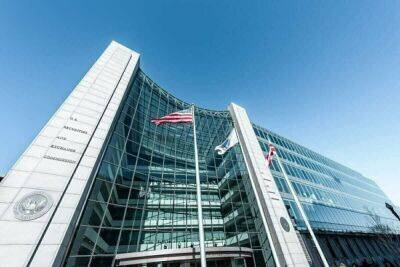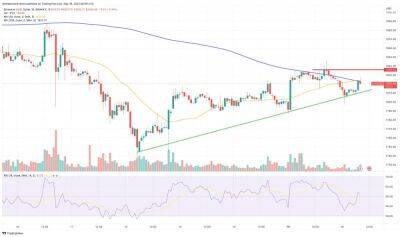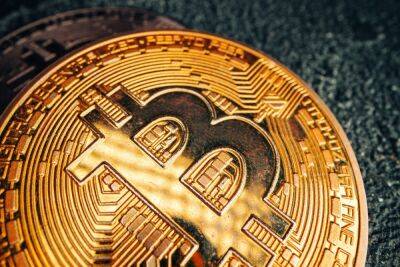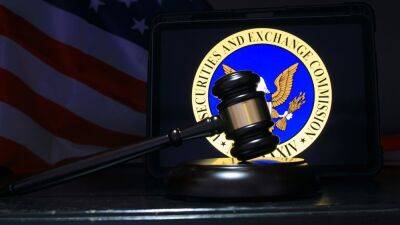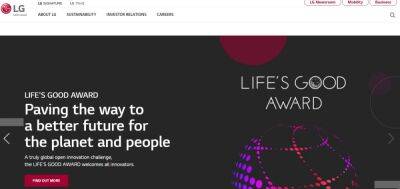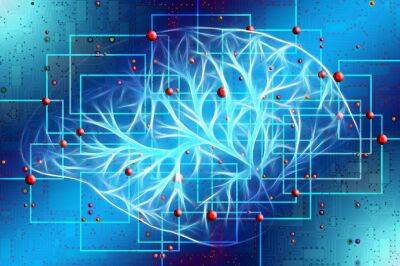Artists face a choice with AI: Adapt or become obsolete
The artificial intelligence art gold rush began around 2018 when Christie’s auctioned “Portrait of Edmond Belamy” for an astounding $432,500. Since then, it has been an up-only journey for AI-generated images.
“Théâtre D’opéra Spatial,” Jason Allen’s AI artwork, even won a prize at the Colorado State Fair art competition. This shows how AI-generated images have not only become more popular but also very sophisticated recently. But not everyone is happy about this development, and their concerns are valid.
The evolution of AI art has sparked feisty debates around originality, authorship and authenticity — themes fundamental to artistic expression. Generative AI, like any other technology, is intent-neutral. Whether the outcome is good or bad depends on how we use it.
So, it’s crucial to understand how and to what extent AI influences artistic communities and their creations.
Some people fear that artificial intelligence will make artists obsolete — just like digital printing technology replaced analog typesetters, block makers, etc. This view, however, represents a limited, narrow perspective. Only the hopelessly conservative critic can peddle such short-sighted notions.
That’s not to say every traditional process involved in artistic creation will remain intact post-AI. Some of the menial and repetitive tasks will fade away. Yet, there’s little or no threat to creativity and ideation, the core humane aspects of art.
Related: Elizabeth Warren is pushing the Senate to ban your crypto wallet
Nevertheless, AI-generated images do present some ethical problems, such as copyright violations. They stem from the methods companies use to train text-to-art models and general adversarial networks. Consequently, some artists
Read more on cointelegraph.com

 cointelegraph.com
cointelegraph.com
